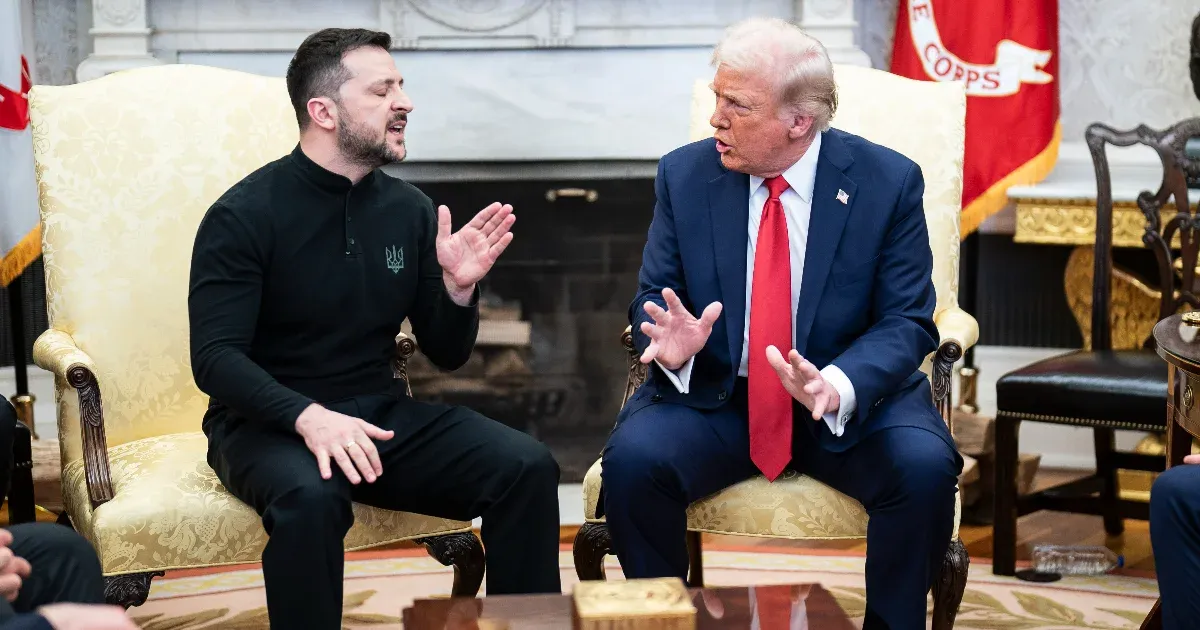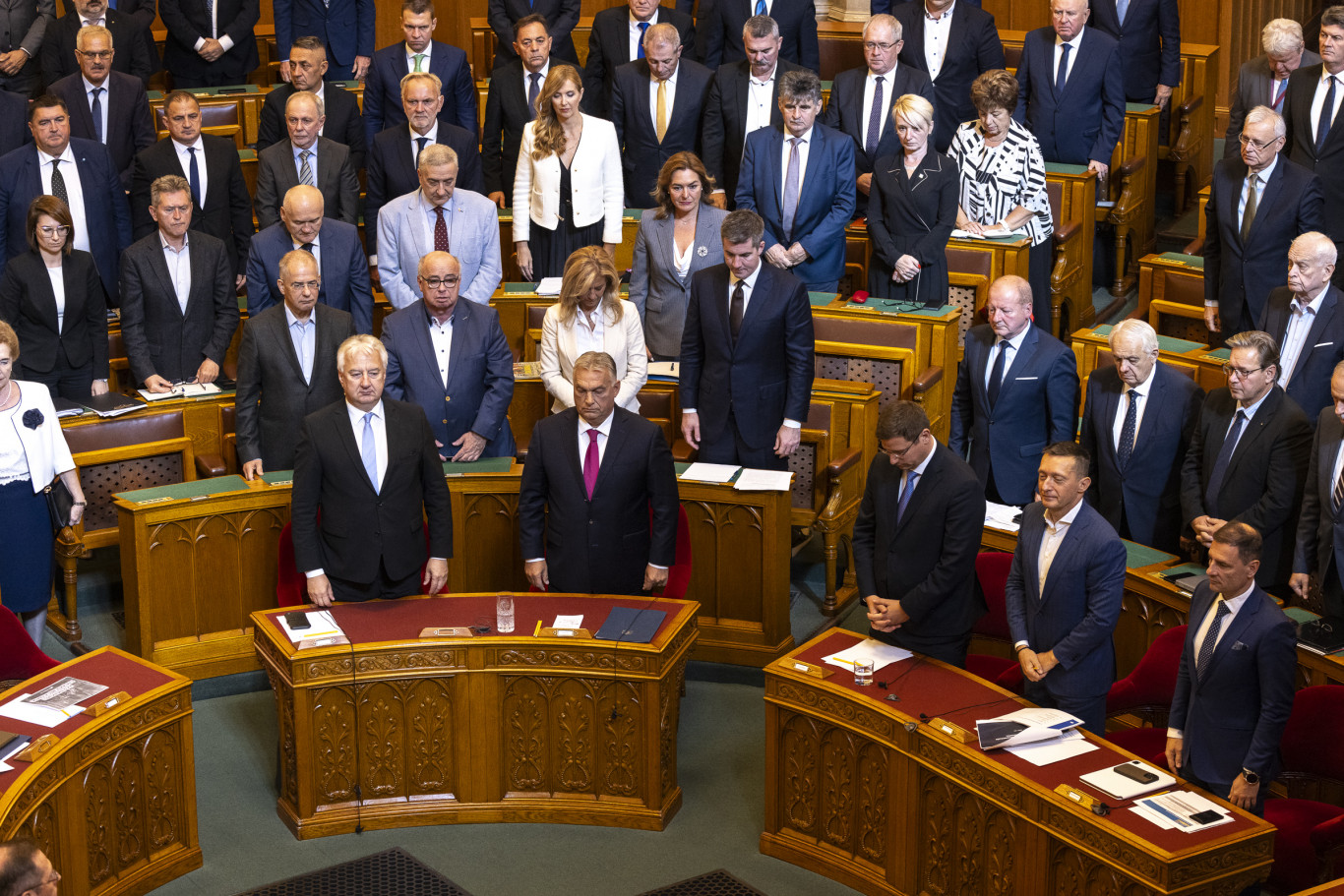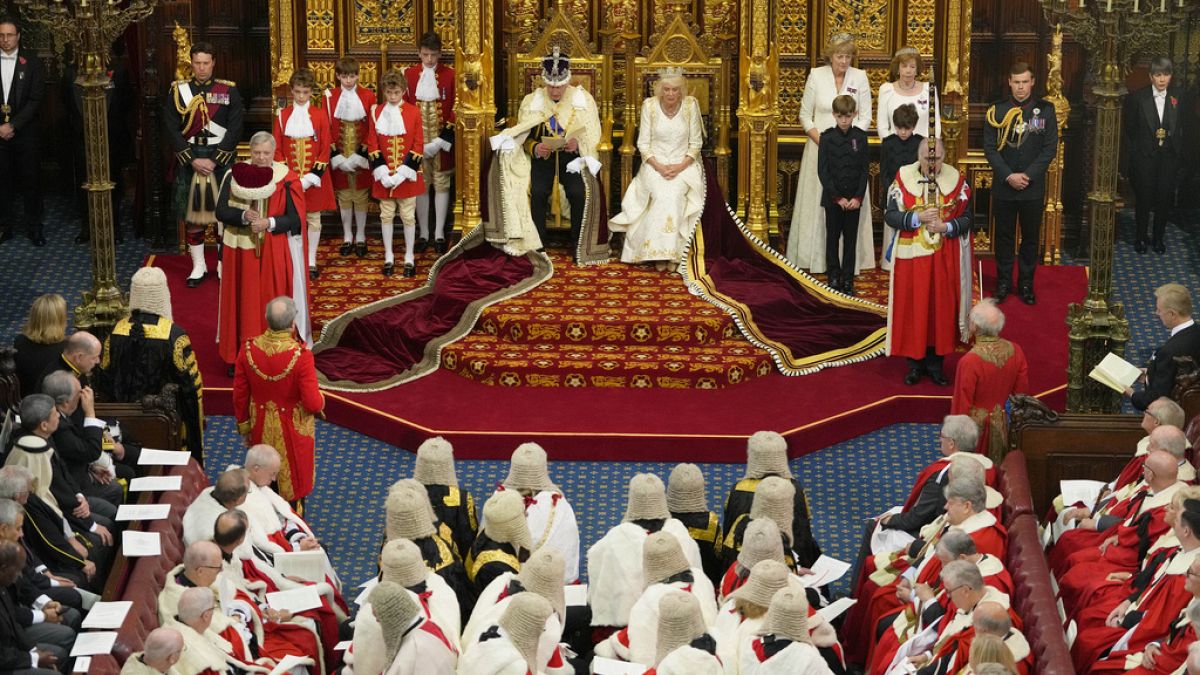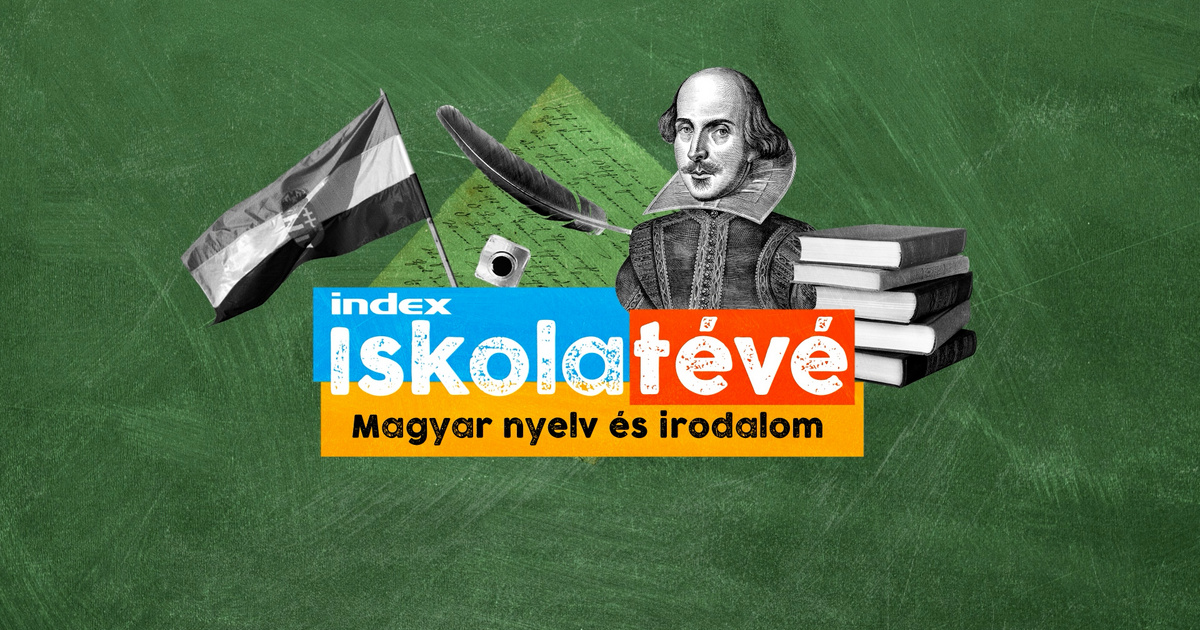Due to the coronavirus pandemic, the majority of schools and teachers in 2020 switched to online education, which the index then tried to support with its own tools. The School TV project has been launched to help graduate students prepare – participating teachers have held classes in mathematics, history, Hungarian language and literature on our front for weeks, among other things.
The highly successful initiative, which is open not only to high school graduates but also to all students, youth, parents and grandparents, will continue this year: from now on they will be able to conduct rotating lectures on mathematics, history, Hungarian language, literature and computer science for two weeks starting at 4 pm.
Or not Tamás Leó SzecsődiIn this article, we present the Hungarian teacher lecture at Szent István Grammar School, who tries to help students prepare for graduation from the intermediate level in creating explanatory texts.
What you need to know about the intermediate level of the Hungarian language and literature:
- He/she evaluates the student for his/her Hungarian teaching
- 150 points can be achieved, and the point limits for scores are 30, 60, 90, 120 points
- Written Part 1: Understanding and writing a short text (90 minutes, 50 points)
- Written Part 2: Interpretation of the text (150 minutes, 50 points)
- Oral: Literature, Grammar (50 points)
This time, he will assist Mr. Szecsődi in the second part of his written graduation. In this test, you can choose between two types of tasks: either the candidate tries to explain a work, usually a short story, or does a comparative analysis between two works, which in recent years usually means a comparison of two poems. The graduate may get 25 points for the content of the thesis, and another 25 points for the linguistic quality of the analysis. The first part of the academic year also reveals the principles and keys used to assess students’ examination papers.
Heavy and easy short stories
If a person chooses a work interpretation, in most cases he will get a work from a Hungarian writer, about 2-4 pages, created in the last 150 years, which will certainly be a short story. Therefore, it is worth reviewing the peculiarities of the literary genre and flipping through the works already analyzed in the lessons, because if you get an unknown short story and want to make comparisons or draw parallels based on the characters’ motives, plot or character, it is good to have a library of short stories that you can choose from.
There are hard and easy short stories, and it’s also important to know what to look for in your analysis. Professor Szecsődi swears by the three-step method, because, according to him, one can approach all kinds of texts with relative confidence.
Adam Bodor gave an example Zoo His short story that high school graduates had to interpret in 2015. He finds this difficult because it requires others, in this case historically and psychologically, knowledge and empathy to understand the text. Kalman Mixes Good luck Pál Szücs The work, commissioned by the examinees in 2021, is already easy in some ways, but it can be difficult to analyze the simplicity of the story in this work. By interpreting the two short stories, Mr. Szecsődi drew attention to several factors of error that candidates should note down to avoid in other works as well.
Exactly what the three-step analysis covers will be revealed in the next performance by Tamás Leó Szecsődi, which can be seen on the ticker at 4pm on Wednesday. Tomorrow, Monday, we’ll be helping graduate math with the help of Zoltán Gódor, founder of Rapid Maths.












































